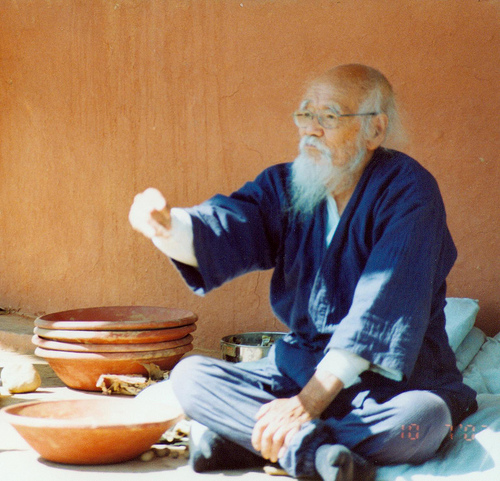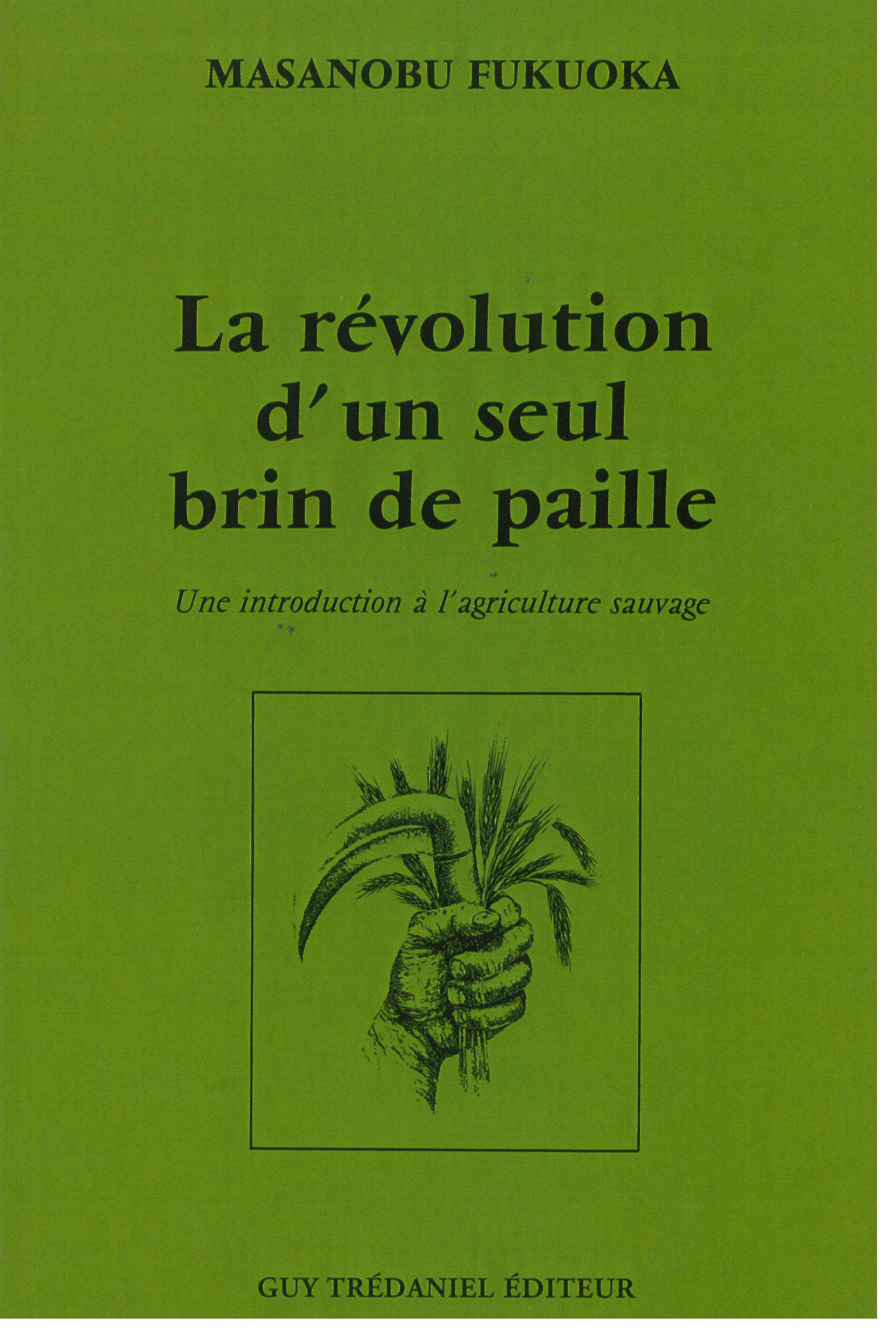A Return to Nature According to Masanobu Fukuoka
In 1975, in 'The One-Straw Revolution', the author described methods that would lead to the development of permaculture.

‘The book is valuable to us because it is at once practical and philosophical. It is an inspiring, necessary book about agriculture because it is not just about agriculture’, states the preface to The One-Straw Revolution. Written by Masanobu Fukuoka in 1975, this book sets out ideas and methods that, a few years later, would lead to the development of permaculture (a concept in farming that aims to respect ecosystems and limit human intervention), particularly in the West.
In the five sections of his book, the author offers ideas and tips on topics as varied as professional retraining, agriculture, food, health, and spirituality. The underlying thread is the importance of the link between humans and the earth. Much more than a collection of technical tips, the book elaborates a real philosophy on the subject.
Living off the land without subjugating it
‘The ultimate goal of agriculture is not growing crops, but the growth and perfection of human beings’, Masanobu Fukuoka explains in his book, which took him to all four corners of the world in the 1980s, from conferences to international meetings. The farmer and writer went so far as to hold seminars on his farm to demonstrate to those wishing to transition to a career in farming the joys of a job in which living off the land does not necessarily equate to subjugating it.
However, the author, who passed away in 2008, was not initially resolved to taking on this destiny. Having worked as a microbiologist, a specialist in plant pathology and a customs inspector, it was only at the age of 25 that Masanobu Fukuoka decided to quit his job and go back to the land. He thus returned to his birthplace, Shikoku (the smallest of the four main Japanese islands), and took over the family farm, where he developed agricultural methods that respected nature.
The One-Straw Revolution: An Introduction to Natural Farming (1975), by Masanobu Fukuoka, was published in English in 1978 by Rodale Press.

© Guy Trédaniel éditeur
TRENDING
-
The Tattoos that Marked the Criminals of the Edo Period
Traditional tattoos were strong signifiers; murderers had head tattoos, while theft might result in an arm tattoo.

-
Chiharu Shiota, Red Threads of the Soul
Last year, more than 660,000 people visited the retrospective 'Chiharu Shiota: The Soul Trembles' exhibit at the Mori Art Museum.

-
‘Before Doubting Others, Doubt Yourself. Who Can Truly Say a Dish Isn’t What It Used to Be?’
In ‘A Non-Conformist’s Guide to Surviving Society’, author Satoshi Ogawa shares his strategies for navigating everyday life.

-
The Story of Sada Yacco, the Geisha who Bewitched Europe
Described by Dazed magazine as the first beauty influencer, she has been restored to her former glory since 2019.

-
Ito Jakuchu's Naturalist Paintings
From 15 September until 14 October 2018, the Petit Palais showcased the artist's iconic ‘Images of the Colourful Realm of Living Beings’.





